General Secretary To Lam during a phone call with US President Donald Trump (right photo) on the evening of April 4 - Photo: VNA - White House (US)
On the afternoon of April 4, Deputy Prime Minister Ho Duc Phoc and leaders of ministries and branches met with associations, businesses, and diplomatic agencies to discuss solutions to handle the tariff issue with the US.
Propose that the US consider suspending the tax for 1-3 months
Affirming the goodwill of negotiations to soon find a common voice, Deputy Prime Minister Ho Duc Phoc stated: The Vietnamese Government proposed that the US consider temporarily postponing the imposition of tariffs for 1-3 months to negotiate, aiming to ensure tax fairness.
Along with increasing the import of goods from the US, Vietnam will promote cooperation in the fields of science and technology development, digital transformation, etc. Mr. Phoc suggested that Vietnamese enterprises exporting to the US market keep the same prices to wait for the negotiation results, and proactively implement appropriate and effective solutions to "keep the US market".
At the same time, US business associations conveyed a message of goodwill from the Vietnamese Government and business community to the administration of President Donald Trump so that negotiations would be effective and achieve good results, contributing to promoting the Comprehensive Strategic Partnership.
In the current context, the requirement to expand and diversify markets is set by the Ministry of Industry and Trade to effectively exploit the free trade agreements (FTAs) that Vietnam has negotiated and signed.
According to Mr. Ta Hoang Linh, Director of the Foreign Market Department (Ministry of Industry and Trade), Vietnam is currently the country with the largest number of FTAs and thanks to that, in recent years, Vietnam's exports have grown remarkably with nearly 800 billion USD.
Qualified enterprises are encouraged to take advantage of incentives in the US and EU markets, as these are markets that require high quality standards and the ability to meet large export shipment requirements. Therefore, along with tax incentives in FTAs, through the national trade promotion program, the Ministry has actively supported this group of enterprises.
At the same time, the ministry also promotes and expands FTA negotiations with other countries. The discussion and negotiation are based on feasibility studies to see what products can be opened to help businesses benefit.
Accordingly, Mr. Linh said he is promoting negotiations and signing with Latin American, South Asian, Eastern European, Middle Eastern countries, specifically the Gulf countries (GCC), Pakistan, India, Egypt...
Enterprises increase negotiations with partners through trade promotion - Photo: M.THU
Vietnamese goods need more "American quality"
Meanwhile, Vietnamese businesses have also proposed responses.
"Buying a company in the US and renovating it is the fastest way to enter the US market," Mr. Tran Viet Tien, executive member of the Ho Chi Minh City Handicraft and Wood Processing Association (HAWA), shared with Tuoi Tre . Not only Mr. Tien, but also a number of wood industry enterprises predict that the trend of buying companies in the same industry in the US or cooperating and forming joint ventures will be clearer in the near future.
Alternatively, they could consider assembling finished products in the US with components/parts made in Vietnam and prioritizing less labor-intensive product lines.
Mr. Do Ngoc Hung - Commercial Counselor, Head of the Vietnam Trade Office in the US - said that for goods that can prove that the origin of raw materials or other elements from the US (US content) is over 20%, the 46% tax rate only applies to the value that does not originate from the US (non-US). Therefore, businesses can consider purchasing input materials originating from the US if appropriate to minimize the tax payable.
In addition to the above solutions, Mr. Tran Viet Tien said that wood industry enterprises can consider joining the distribution chain in the US. He explained: when taxes increase, the price of goods will also increase.
For example, a product from a furniture factory in Vietnam sold on FOB (price at port, excluding insurance and shipping) basis for $100, consumers in the US are paying $300-$400. If the 46% tariff is applied, the price American consumers will have to pay will be at least $350.
"If sold FOB with 46 USD tax, buyers will find it difficult to buy from Vietnam. But if the factory invests in distribution in the US, this 46 USD is completely acceptable," said Mr. Tien.
Graphics: T.DAT
Despite the high tax rate, the rubber and plastic industries are unique, so many American products still need to be purchased in Vietnam, even though the higher prices will lead to a decrease in the number of orders. The immediate solution for businesses is to cut costs to survive, hoping that this tax will be short-term.
Mr. Nguyen Quoc Anh (Chairman of Ho Chi Minh City Rubber - Plastic Association)
The solution lies in the old problem.
The current period challenges the responsiveness of both the business community and policy makers.
In the short term, we need to find ways to overcome the difficulties of tariffs from the US, while there are many ways that can be exploited to promote economic restructuring through diversifying input sources, increasing enforcement of rules of origin and improving the business environment. The goal is to turn the current challenges into motivation for policy reforms.
According to Dr. Nguyen Quoc Viet, at this time, we should not only focus on measuring the impact on each product or expect to reduce the trade deficit in the short term. Instead, Vietnam needs to demonstrate goodwill through transparent information about policies, institutions and the investment and business environment, especially tariff and non-tariff barriers in bilateral relations.
This is a way to build trust in a flexible policy, ready to open the market in a spirit of mutual benefit with the US government, businesses and investors.
"In addition to temporary solutions, in the long term, Vietnam needs to improve domestic production capacity and business culture in the economy," said Dr. Nguyen Quoc Viet.
Ready to reduce import tax on US goods to 0%
According to information from the Ministry of Foreign Affairs, in a phone call with US President Trump on the evening of April 4, General Secretary To Lam highly appreciated the exchange, in which the two leaders affirmed their desire to continue to strengthen bilateral cooperation for the benefit of both countries and contribute to peace, stability and development in the region and the world. The two leaders also assessed that the relationship between the two countries is developing well in all fields.
Regarding bilateral trade relations, the two leaders discussed measures to continue promoting trade. General Secretary To Lam affirmed that Vietnam is ready to negotiate with the US to reduce import tariffs to 0% for goods imported from the US.
He also proposed that the US apply similar tariffs on goods imported from Vietnam, continue to import more goods from the US that Vietnam needs, and encourage and create favorable conditions for US companies to further increase investment in Vietnam.
The two leaders affirmed that they will discuss to soon sign a bilateral agreement between the two countries to concretize the above commitments. On this occasion, General Secretary To Lam respectfully invited President Donald Trump and his wife to visit Vietnam again soon.
President Trump happily accepted the invitation and expressed his wish to meet General Secretary To Lam again soon. The US leader also respectfully asked General Secretary To Lam to convey his warm regards to the leaders and people of Vietnam.
Why is the US market important?
The US is currently the second largest trading partner, the largest export market, and one of the leading investors in Vietnam. Therefore, the impacts of US tariffs have received great attention from businesses and the Vietnamese Government...
Correct understanding of counterpart tax rates
According to the WTO and Integration Center - VCCI, President Trump has officially signed and announced an executive order imposing reciprocal taxes on all imported goods from all US trading partners.
In the announced decree, the US plans to impose reciprocal tariffs as an additional tax in addition to other taxes, fees and charges that the US currently applies to goods imported into the country.
Coffee exports to the US are favorable because the US partner informed about 0% tax - Photo: T.LUC
The Office of the US Trade Representative said the tax is calculated based on many factors such as export and import turnover and demand fluctuations based on price changes.
Citing an announcement from the US, the WTO and Integration Center further explained: the US will apply reciprocal taxes to all goods imported into the country except for the goods specifically listed in the appendix accompanying the decree, tentatively called exempted goods.
Prominent among the lines of goods exempted from reciprocal tax are some types of pharmaceuticals, semiconductors, copper, raw wood, important minerals, energy products...
Some aluminum and steel products, aluminum and steel derivatives, and automobiles and auto parts are also not subject to reciprocal tariffs. However, according to this organization, these aluminum and steel products and automobiles and auto parts will still be subject to an additional 25% tariff under President Trump's tax decrees from February 10, 2025 and March 26, 2025.
Notably, many of Vietnam’s key export items to the US, such as phones, furniture, footwear, textiles, seafood, etc., are not on this exemption list. Therefore, these industries are expected to be significantly impacted by the US’s reciprocal tariffs if the above tariffs become a reality.
However, experts also warn that the implementation of reciprocal taxes will be very complicated in terms of administration, because there are tens of thousands of product codes, so there will be many different tax rates. Therefore, businesses need to have necessary and timely exchanges with partners, customers, and Vietnamese management agencies to find out the most accurate information and at the same time develop appropriate response plans.
The US remains Vietnam's leading export partner.
Trade between the two countries has grown steadily, especially after Vietnam and the US signed a bilateral trade agreement in 2001. By 2024, total turnover will reach 134.6 billion USD, of which exports will reach 119.6 billion USD, an increase of 23.3% (accounting for about 30% of Vietnam's GDP) and imports will reach 15 billion USD, according to data from the General Statistics Office.
The US remains Vietnam’s leading export partner with products such as electronics, textiles, footwear and agricultural products. There are 16 groups of products exported to the US with a turnover of 1 billion USD or more.
However, the agency has repeatedly recommended that domestic enterprises expand new export markets. Accordingly, finding and expanding new markets, especially countries with high demand for Vietnamese goods, will help reduce dependence on traditional markets such as the US, EU and China.
"Markets such as Africa, the Middle East and some ASEAN countries could be good opportunities," the statistics agency recommended.
Immediately after the tax announcement, many experts agreed that the 46% tariff is a big challenge but also an opportunity for Vietnam to restructure its economy and reduce its dependence on a large market.
NGOC AN - HONG PHUC - NGOC HIEN - DUY LINH - BINH KHANH
Source: https://tuoitre.vn/tong-bi-thu-to-lam-dien-dam-voi-tong-thong-trump-ve-thue-quan-doanh-nghiep-cung-chay-dua-20250405075232129.htm


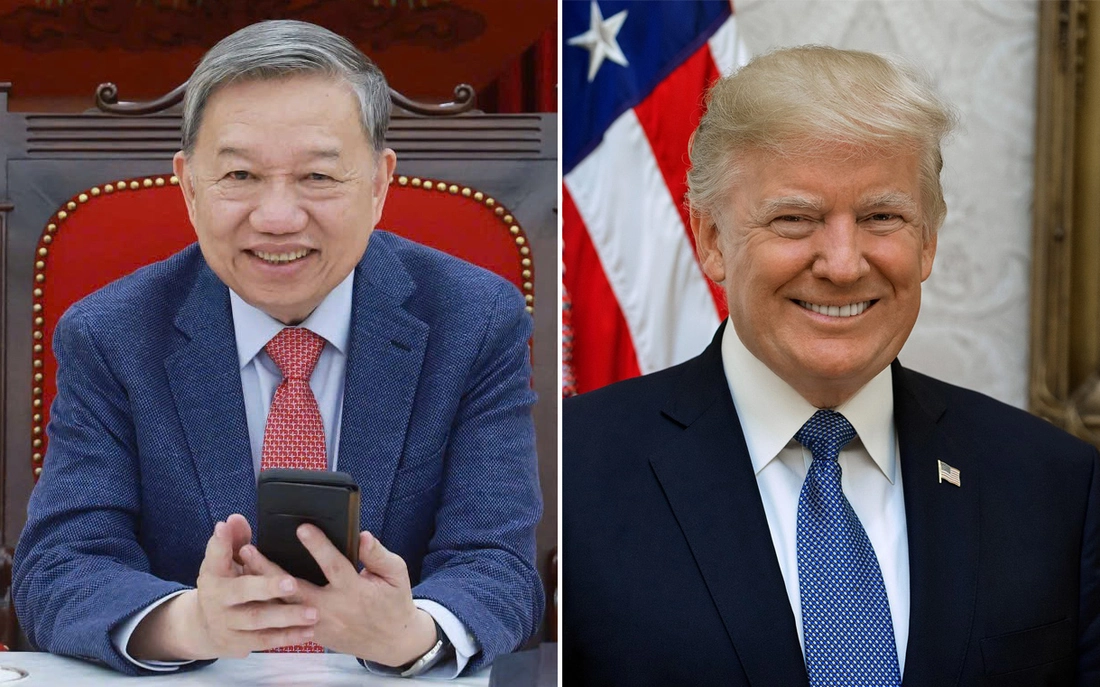
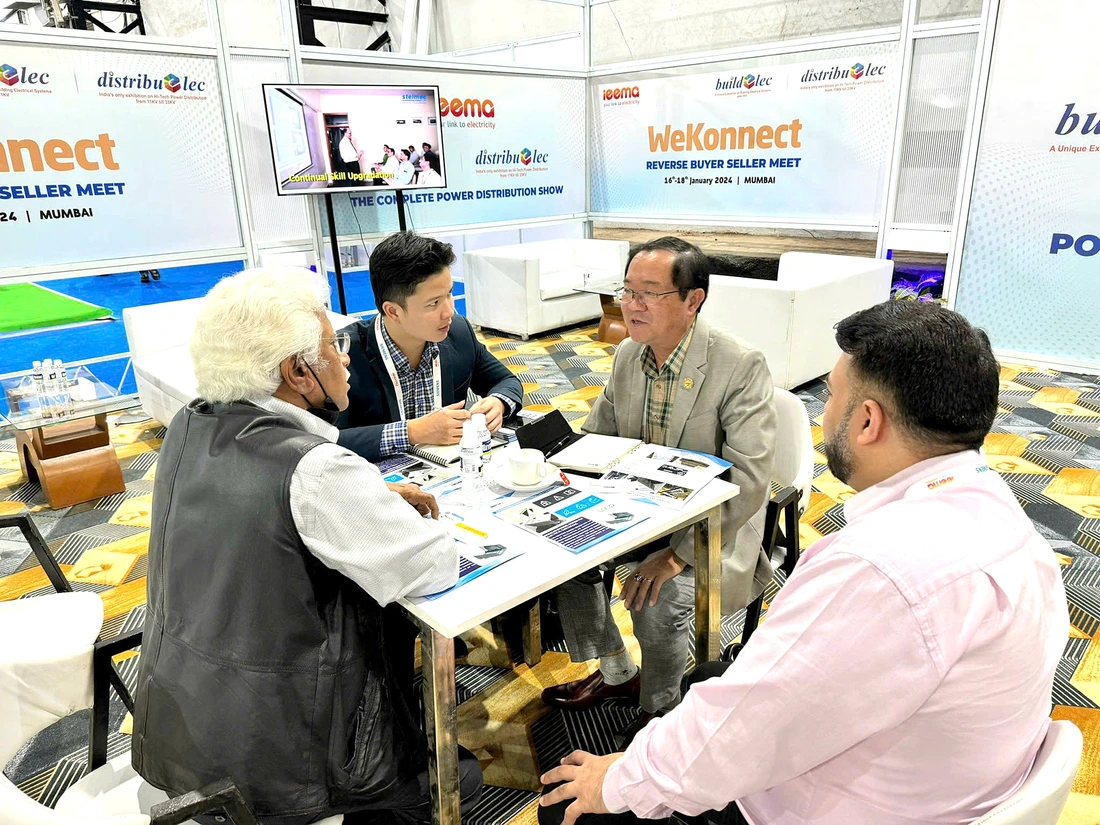

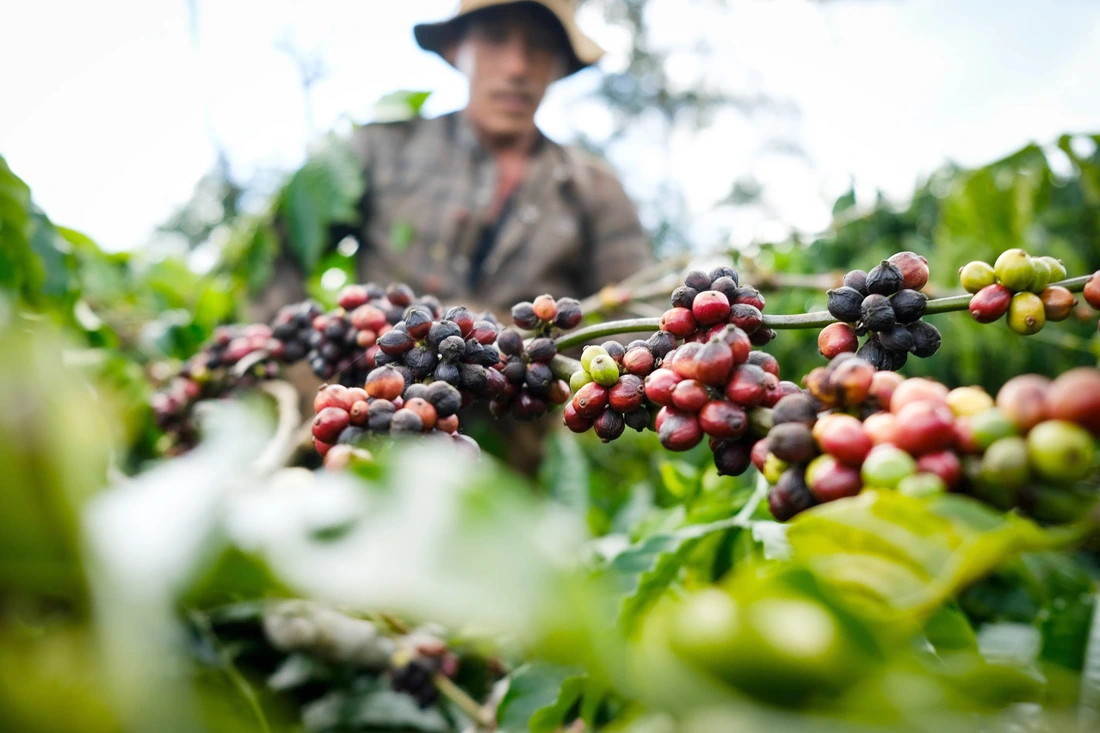
![[Photo] General Secretary To Lam receives Chief of the Central Office of the Lao People's Revolutionary Party](https://vphoto.vietnam.vn/thumb/1200x675/vietnam/resource/IMAGE/2025/5/30/140435f4b39d4599a3d17975dfb444c5)







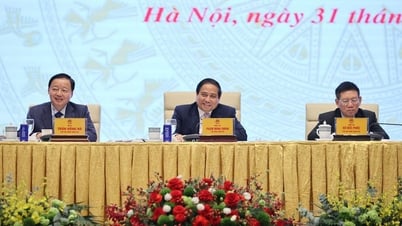



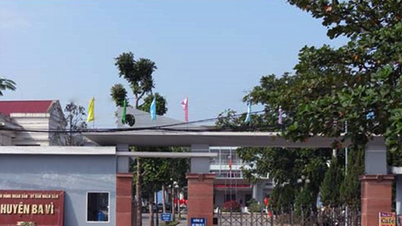













![[Photo] National Conference "100 years of Vietnamese Revolutionary Press accompanying the glorious cause of the Party and the nation"](https://vphoto.vietnam.vn/thumb/1200x675/vietnam/resource/IMAGE/2025/5/30/1cf6cd5c8a934ebfa347028dcb08358c)















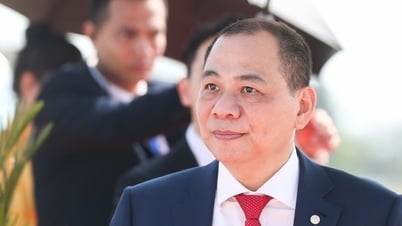










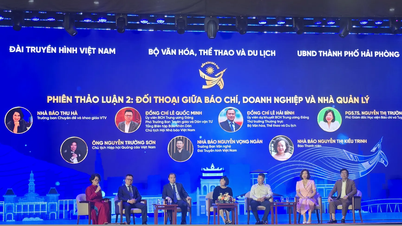








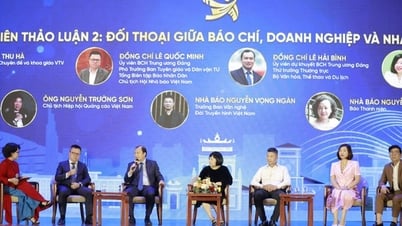



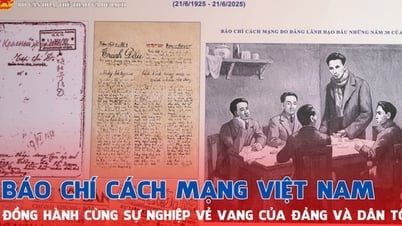


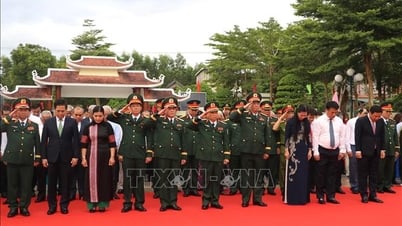

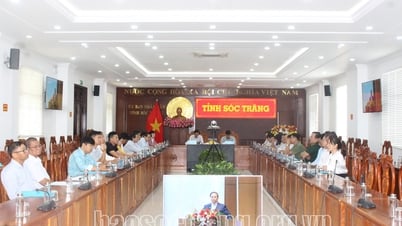

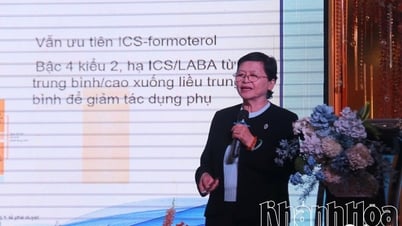



















Comment (0)